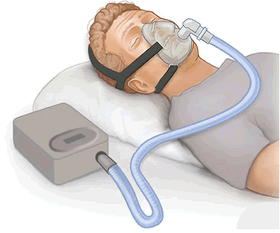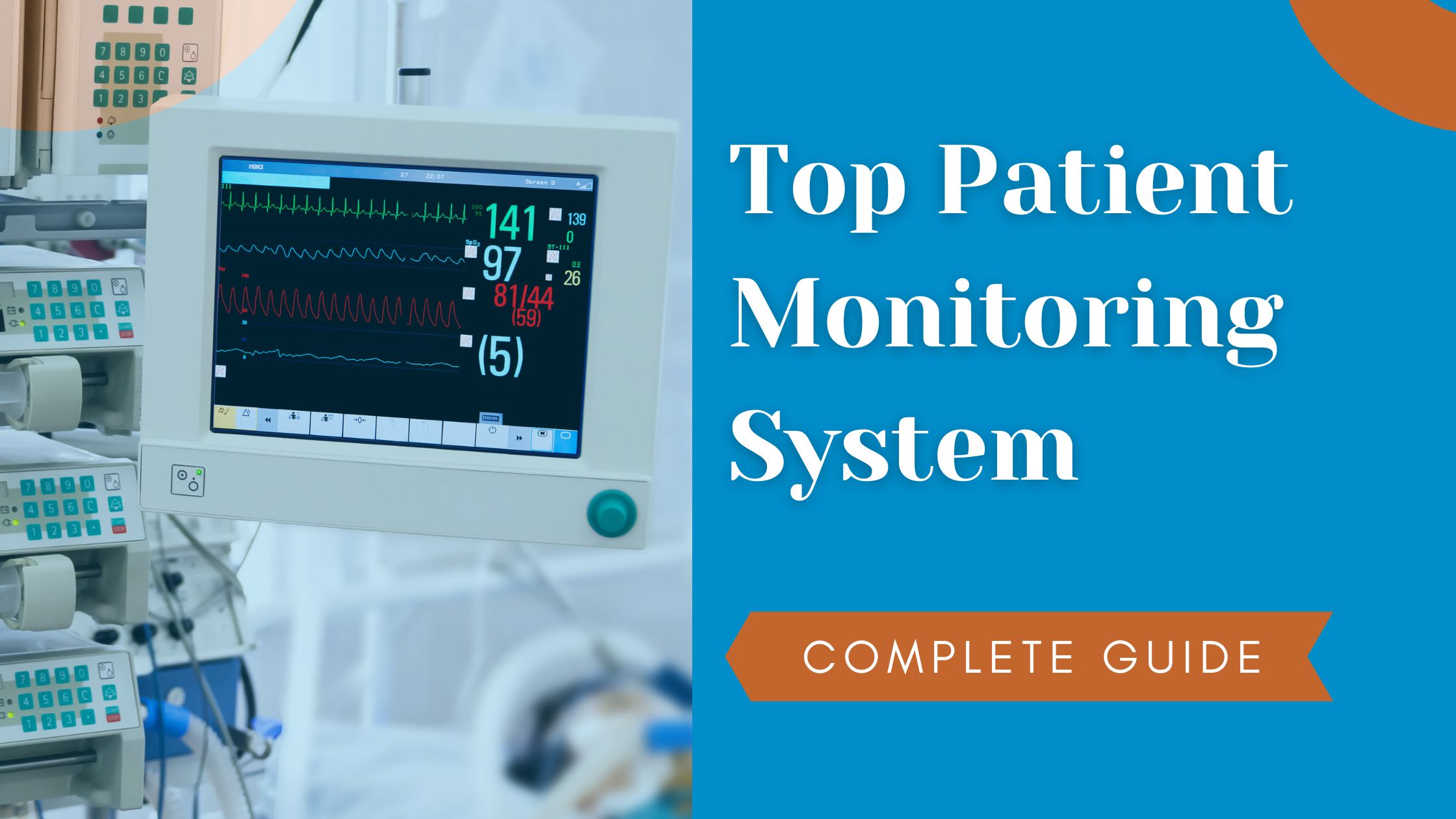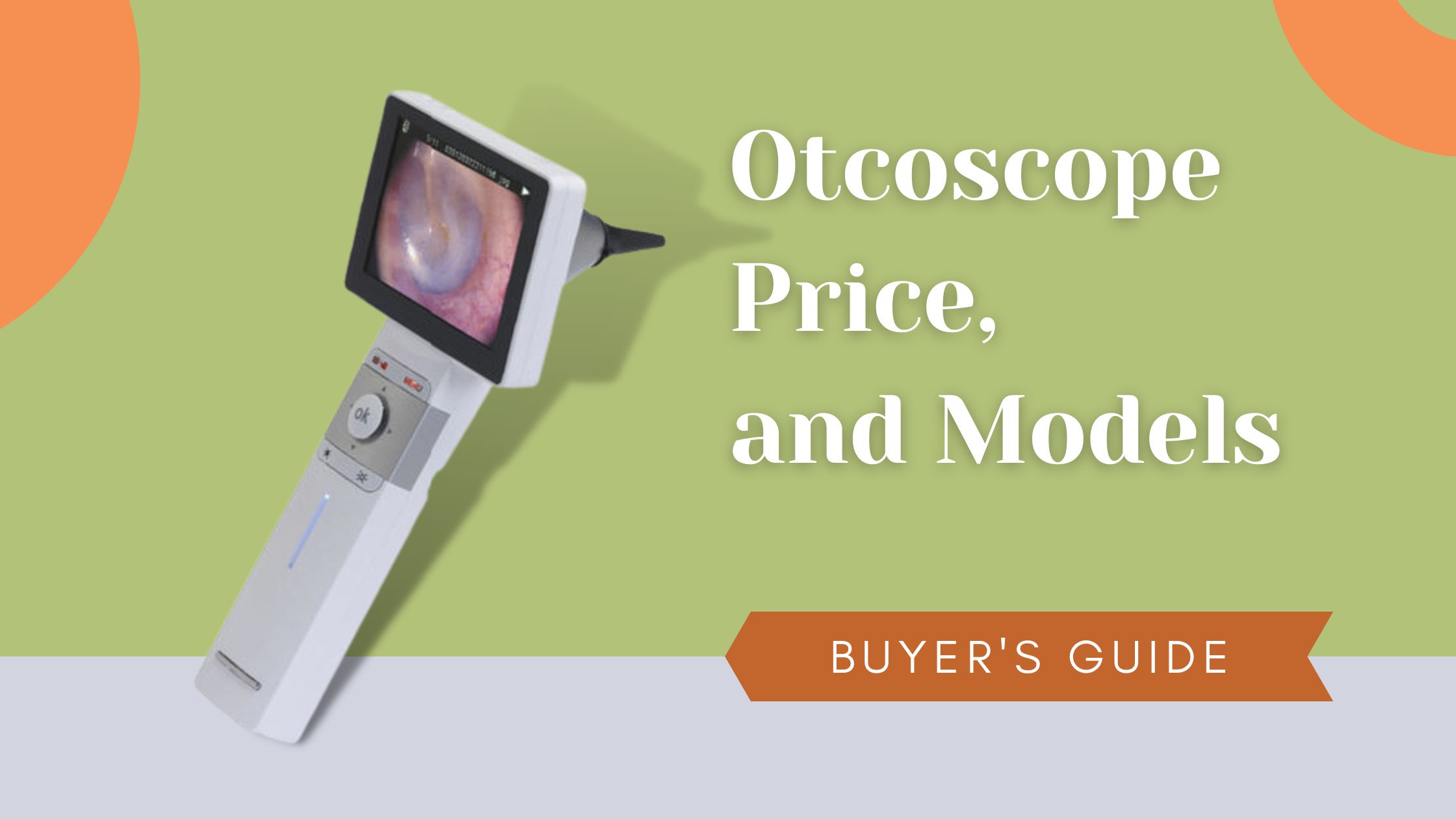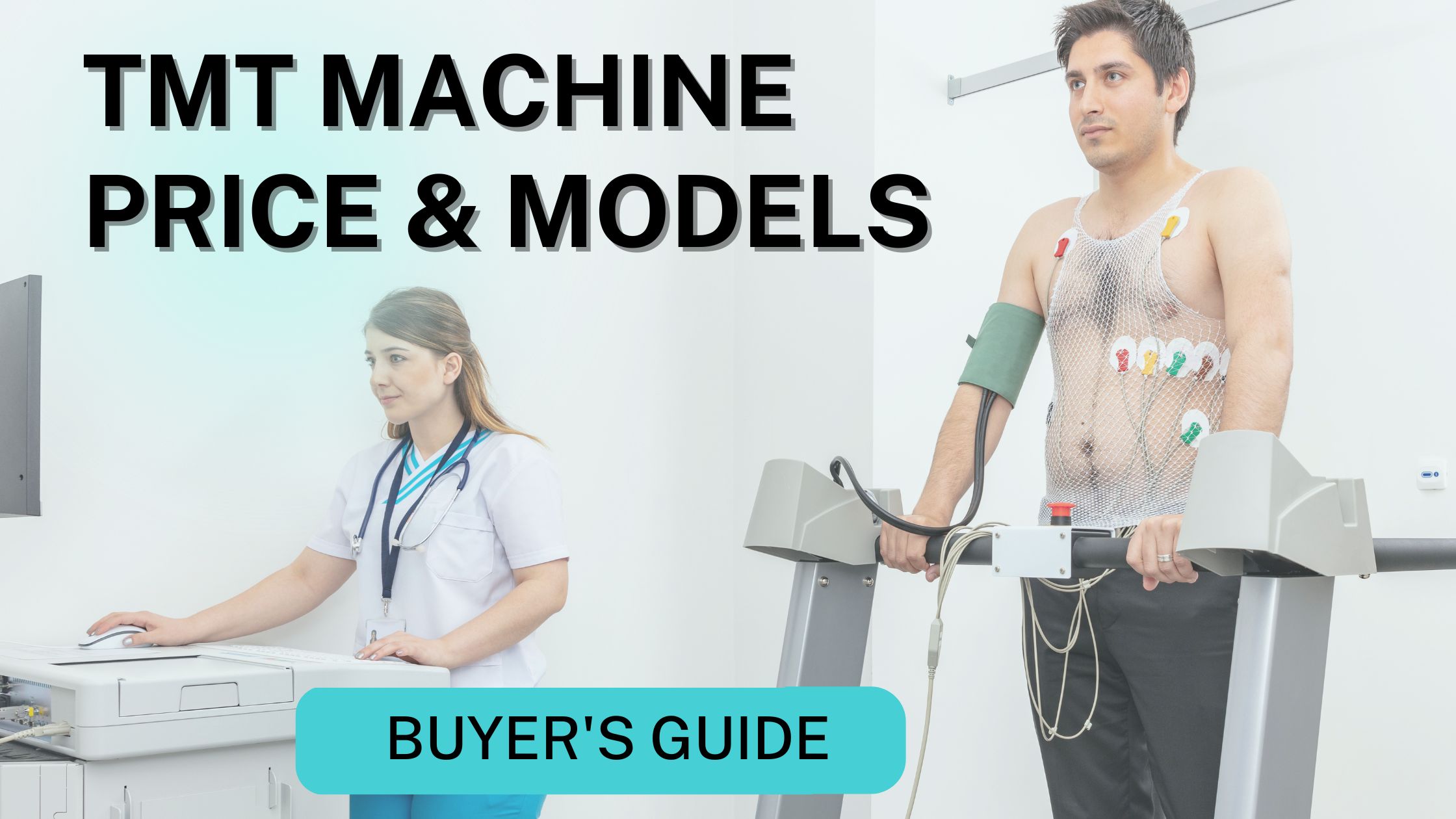CPAP (Continuous Positive Airway Pressure) –
- CPAP is a Continuous Positive Air Pressure treatment that is used for patients that have breathing disorders such as Sleep Apnea. NOTE {Sleep Apnea: A condition where the patient has five episodes of apnea that last at least 10 seconds each within a one-hour time period while sleep.}
- CPAP is also used to treat premature infants that do not have fully developed lungs.
- What is CPAP Machine
- History of CPAP
- Indication of CPAP
- Step of initiation of CPAP
- Different types of CPAP mask
- Application of CPAP
- Pros & Cons of CPAP Machine
- What to Consider when choosing your CPAP Machine
- 1. Design
- 2. Features
- 3. Performance
- 4. Power
- 5. Sound Level
- Top 5 CPAP Machine( features & price )
- CPAP Machine price list
- Final thoughts
- Frequently asked Question(FAQ)
What is CPAP Machine
CPAP Machine –Composed of a flow generator that pushes positive pressure in a tube that connects to a mask. The mask is placed on the patient nose and mouth, where the air enters and then continues to the throat keeping the upper airway open. CPAP can only be delivered if the patient is breathing spontaneously because it does not provide any mechanical breath NEVER administer or recommend CPAP for a patient who is not breathing spontaneously.
History of CPAP
- 1912- Maintenance of lungs expansion during thoracic surgery.
- 1937- High altitude flying to prevent hypoxemia.
- 1967- CPPB IPPV to treat ARDS
- 1971- Term CPAP introduced, used to treat HMD in neonates.
- 1972- CPAP used to treat ARF.
- 1973- CPAP used to treat COPD.
- 1981- Downs generator.
- 1982- Modern definition of CPAP.
Indication of CPAP
- Diseases with low FRC, e.g. RDS, TTN, PDA, pulmonary edema, etc.
- Apnea and Bradycardia of prematurity.
- Meconium aspiration syndrome(MAS)
- Airway closure disease, e.g. BPD
- Tracheomalacia
- Partial of diaphragm.
Step of initiation of CPAP
- Preparing the circuit, the bubble chamber and the machine.
- Fixing the CPAP.
- Securing the NASAL prongs.
- Connecting the circuit.
- Insertion of Orogastric tube.
- Setting of PEEP, FiO2 and flow.
Different types of CPAP mask
- Head hood – Helmet CPAP has been recommended in many guidelines during COVID-19 pandemic in many countries around the world.
- Face mask – CPAP face mask cover the nose or part of the face with side strap that keep the mask in place.
- Hybrid mask – The RespCare Hybrid is a common sense alternative for CPAP and BIPAP users that are challenged with full face mask issues, such as skin breakdown at the bridge of the nose, or positional mask leak issues.
- Nasal prongs- It is used to deliver oxygen to people who don’t otherwise get enough of it.
- Nasal pillow mask – It is among the most popular mask choices for CPAP uses because of their minimal design. It seal around the base of the nostrils, also called nares, using a soft pillow.
- Endotracheal tube – It involves passing an Endotracheal heal tube through mouth or nose into the trachea. It is the method of choice in emergency care.
Application of CPAP
- Respiratory distress syndrome
- Meconium aspiration syndrome
- Apnea of prematurity
- postoperative thoracotomy
- Patent ductuts arteriosus
- Postoperactive Celosomia
- weaning patients from primary lungs disease
- Differentiation of primary lungs disease from primary cardiac disease
- As adjunct to intermittent positive ventilation.
- Sleep apnea
- Bronchomalacia
Pros & Cons of CPAP Machine
Pros
- Decrease of possible risk of: Arrhythmias, Heart failure, High blood pressure, Stroke
- Improve overcall sleep cycle
- Improve survival rate for premature infants
- Compatible With A Variety Of Mask Fits
- Bluetooth Compatibility
Cons
- Lack of patient compliance
- Patient are uncomfortable with equipment
- Problems related to interfaces
- Air leaks during noninvasive CPAP
- Dry mouth
- Nasal irritation, such as a dry or stuffy nose
What to Consider when choosing your CPAP Machine
1. Design
Some CPAP Machine look bulky and some newer models look sleek. Although design is not be as important as functionality, it may still be something you want to consider. You would rather have a pretty looking CPAP machine by your bedside than a bulky-looking one, right?
2. Features
This is one of the more important things you should consider when looking for a CPAP machine. Features provide options that cater to the user’s needs and can make your therapy more convenient and comfortable. Here are some of the features you should consider:
- Auto Algorithm – Is it an auto CPAP? Auto CPAPs automatically adjust the airway pressure.
- Pressure relief – makes it easier for the user to exhale by reducing the pressure
- Ramp – gradually increases the pressure to what is prescribed, making it more comfortable for the user to breathe
- Humidifier – does it have an integrated humidifier or do you need to buy it separately? Is it heated? Heated humedifires help minimize rainout.
- Portability – is it light and small enough to be travel-friendly? This is an important factor if you travel frequently. It’s much more convenient to have a CPAP for home and another for travel purposes.
- Mask On/Off Alert – Some users are active sleepers, moving around quite a lot during sleep. This feature will alert the user if the mask comes off or loses the seal.
- Leak Compensation – Compensates leaking mask by increasing the airflow to make sure that the user is still getting the prescribed pressure
3. Performance
This is another important thing you should consider; does it work well? Does it perform as well as it claims to?
4. Power
How is the battery life? This relates to the portability feature in that if you are a frequent traveler/camper, you should look into machines with overnight batteries or long-lasting charge.
5. Sound Level
This is the most common complaint among users. Although most CPAP machines on the market have a sound level of less than or around 30dbA, which is about the sound of a whisper, this is an important factor to consider, especially if you are a sensitive sleeper.
Top 5 CPAP Machine( features & price )
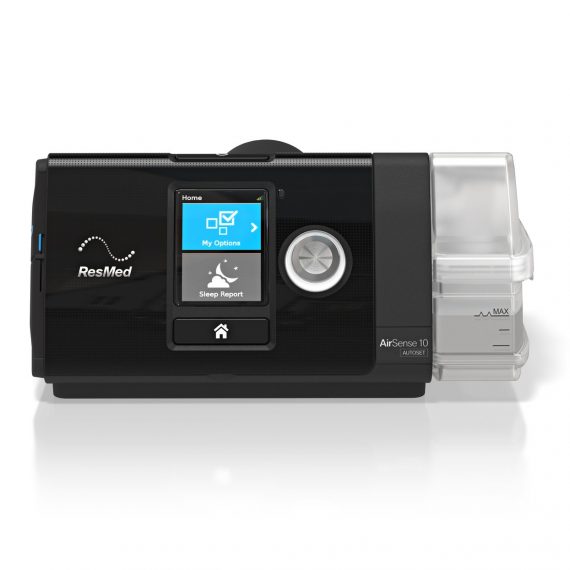
Resmed AirSence 10 series Autoset CPAP Machine
- It automatically adjust pressure level to fit your changing needs to ensure you’re receiving the lowest pressure necessary.
- it feature an integrated and built-in wireless communications, helping you to say comfortable and connected.
Pros
- Caters To User’s Preferences
- Built-In HumidAir Humidifier
- Bluetooth MyAir Connectivity
Cons
- Not The Best Travel Machine
- Humidifier May Consumer Lots Of Water
- Dim Backlight Of LCD Display
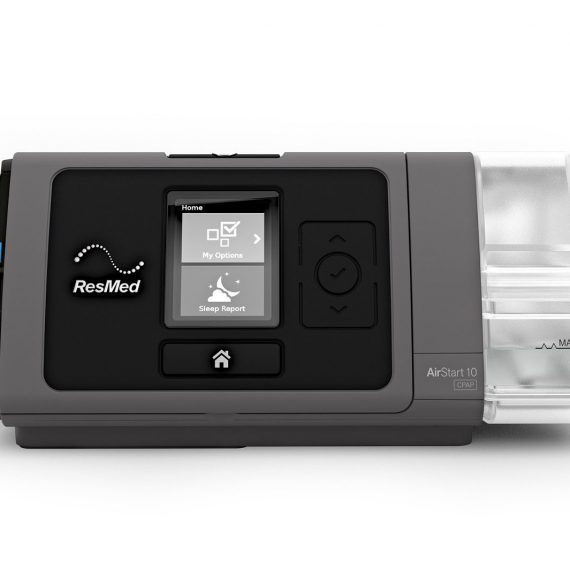
Resmed AirStart 10 Auto CPAP With Humidifier
- The ResMed AirStart 10 with HumidAir is one of the newest devices in ResMed’s Air series.
- It is an effective, low-cost, and a great device.
- It is simplistic to use for most users, and with all the basic features you’d expect in a premier CPAP machine, you will rest easy knowing you’re getting outstanding quality.
Pros
- Leak alert
- Single-Pressure CPAP Machine
- Breathing Comfort
Cons
- Not The Best Travel Machine
- Dim Backlight Of LCD Display
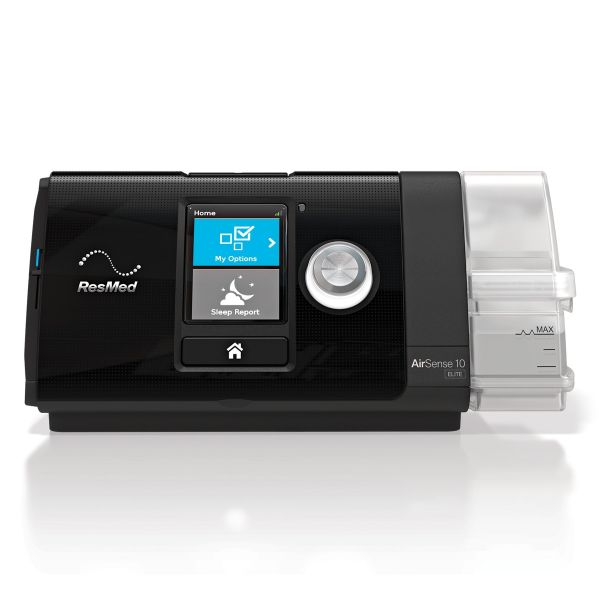
Resmed AirSense 10 Elite Manual CPAP Tripack
- The new AirSense 10 Elite is an advanced fixed-pressure (manual cpap) device with integrated humidifier. It is designed to be intuitive and easy-to-use.
- With no complicated menus or settings to navigate, you can simply plug in device and press Start.
Pros
- Light Sensor
- Advanced Data
- Expiratory Pressure Relief
Cons
- Problems related to interfaces
- Air leaks during noninvasive CPAP
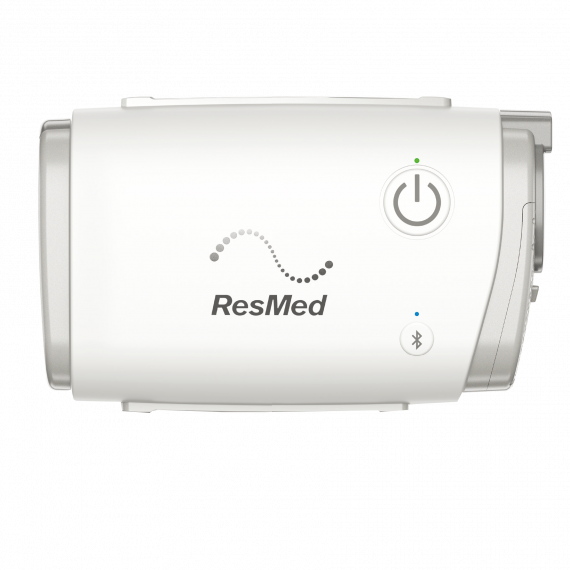
Resmed AirMini Travel Auto CPAP
- Travel light and sleep well with AirMini – a travel CPAP that will never slow you down. AirMini is tiny but still offers top quality therapy, waterless humidification and convenient control with the AirMini app.
Pros
- Smallest Travel CPAP Machine On The Market
- Compatible With A Variety Of Mask Fits
- Bluetooth Compatibility
Cons
- External Power Supply
- Noise Level
- Can Only Be Powered By A Power Outlet
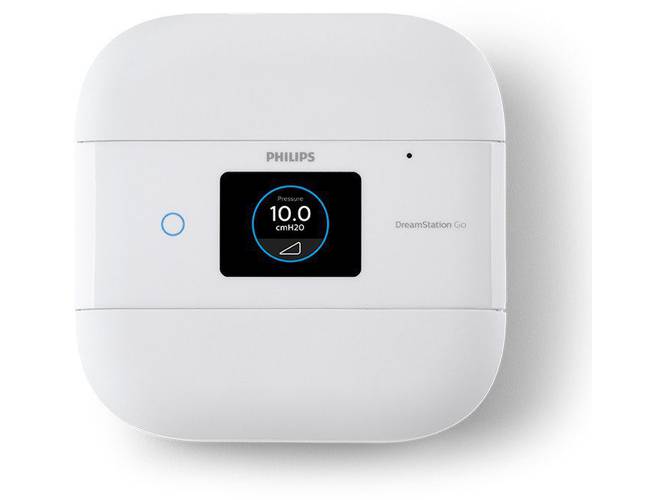
Philips Respironics DreamStation Go Travel Auto CPAP
- At half the size and two thirds less parts of the standard DreamStation platform, the DreamStation Go offers the same therapy, connectivity and comfort features used by over 5 million PAP users.
Pros
- Works With All Mask Types
- Lightweight, Portable
- Sleek And Intuitive Design
Cons
- Some Users Report It Being Too Loud
- Larger Than Similar Travel CPAPs
- Including Add-Ons Can Make It Expensive
CPAP Machine price list
| S.NO. | PRODUCT MODEL | PRICE |
| 1. | BMC G2S A20 Auto CPAP with Humidifier | ₹21,500.00 |
| 2. | BMC G3 A20 Auto CPAP Machine | ₹38,000.00 |
| 3. | BMC M1 Mini Travel Auto CPAP | ₹44,990.00 |
| 4. | BPL Harmony Auto CPAP | ₹42,000.00 |
| 5. | Breas Z1 Auto CPAP | ₹60,000.00 |
| 6. | Breas Z2 Auto Travel CPAP | ₹68,990.00 |
| 7. | DevilBiss Blue AutoPlus CPAP – DV64 | ₹44,990.00 |
| 8. | DevilBiss SleepCube Auto CPAP – DV54 | ₹40,000.00 |
| 9. | Loewenstein Prisma Smart Auto CPAP | ₹49,990.00 |
| 10. | OxyMed Auto CPAP with Humidifier & Mask | ₹35,000.00 |
Final thoughts
CPAP machines treat sleep apnea by conveying a surge of oxygenated air into your airway routes through a mask and a tube. The compressed air keeps your airway routes from falling, which permits you to inhale constantly while you sleep
There are a few types of CPAP machines. Which one your medical services supplier endorses for you will rely upon the sort of sleep apnea you have, how comfortable it is for you to wear, and what breathing and dozing habits you have.
CPAP machines are awkward for certain individuals. If a CPAP gadget doesn’t function admirably for you, converse with your medical services supplier about other therapy choices that might assist with keeping your airway routes open while you sleep.
Frequently asked Question(FAQ)
Q-1: What is CPAP machine used for?
Ans: It is applied to the airway of a Spontaneously breathing patient throughout the respiratory cycle during respiration.
Q-2: What are the bad side effects of the using the CPAP machine?
Ans: If lungs have normal compilance: over distention, air leak, skin irritation, impede venous return.
Q-3: Is a CPAP machine life support?
Asn: NO (It is used for sleep apnea not for life sustaining).
Q-4: Is the CPAP machine the same as oxygen?
Ans: It is used for increase the oxygenation and decrease work of breathing. ( improved oxygenation, wash out of carbon die oxide, and better blood pH).
Q-5: What is the difference between CPAP or BIPAP?
| CPAP | BIPAP |
| It stands for Continuous Positive Airway Pressure. | It stands for Bi-level Positive Airway Pressure. |
| CPAP machines can only be set to a single pressure that remains consistent throughout the night. | BIPAP machines can be set to two pressure settings for inhalation (high-ipap) and exhalation (low-epap) |

